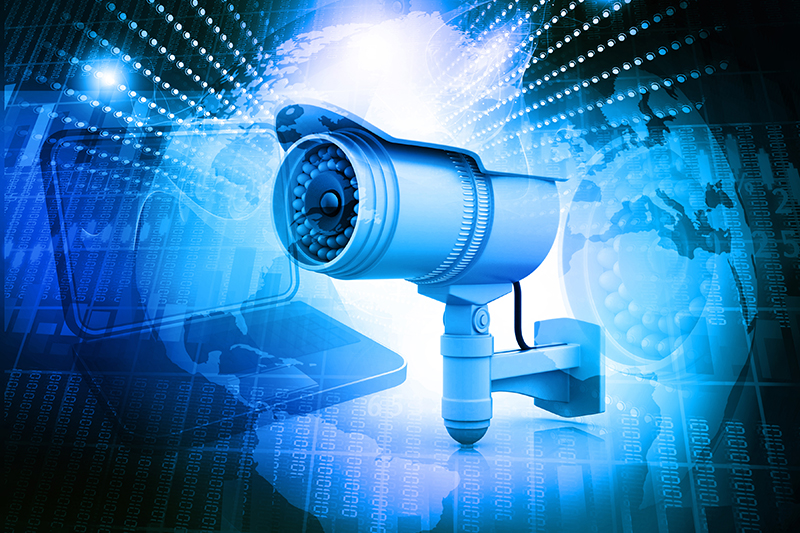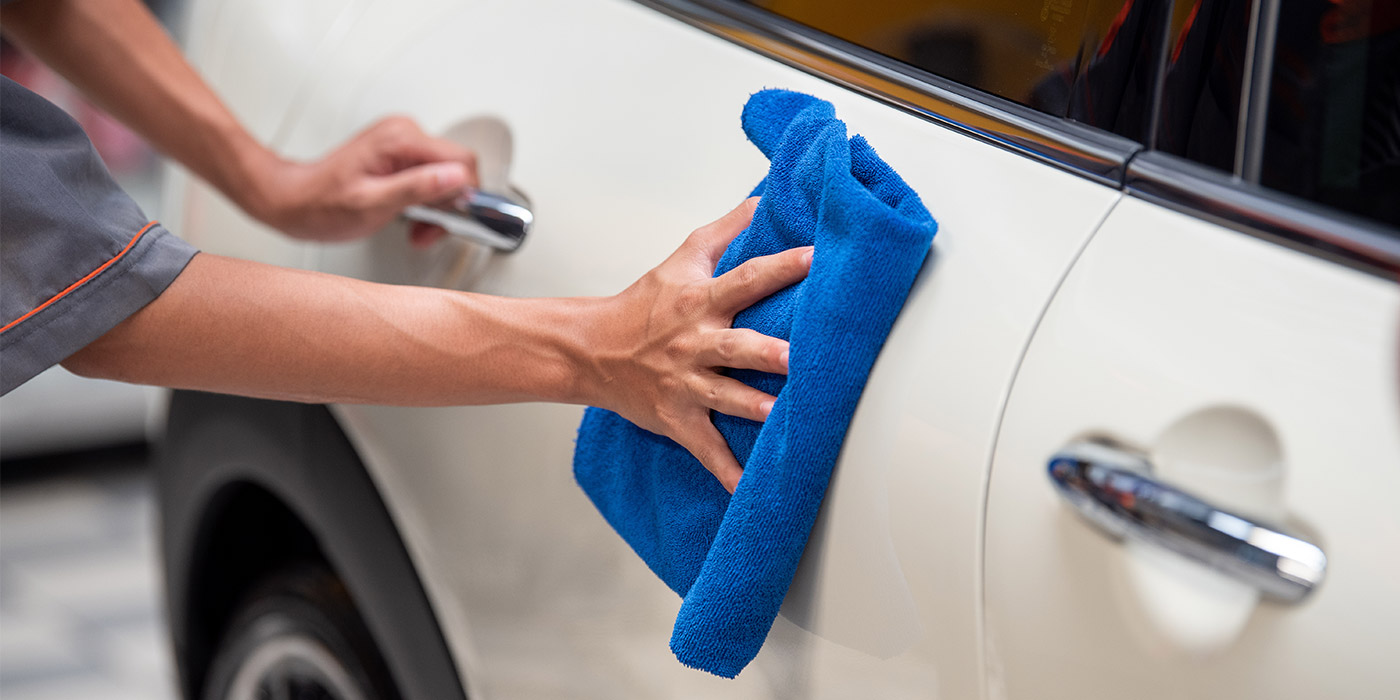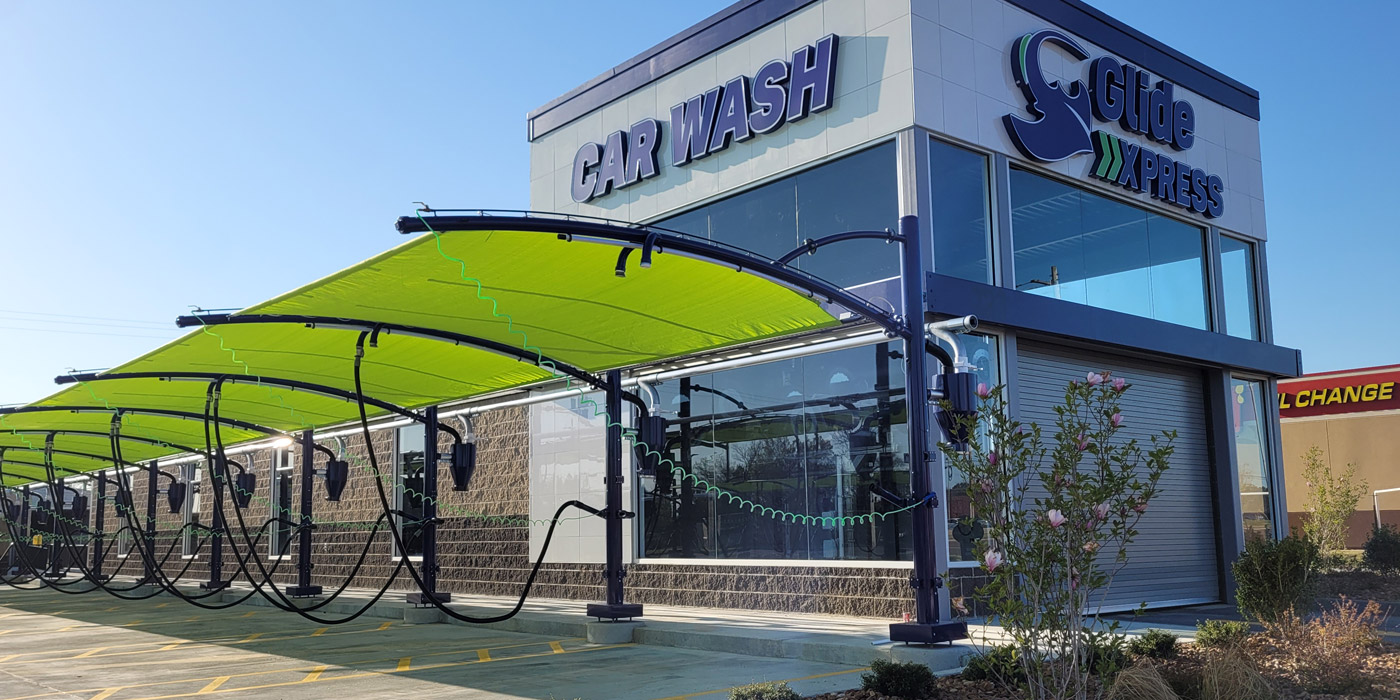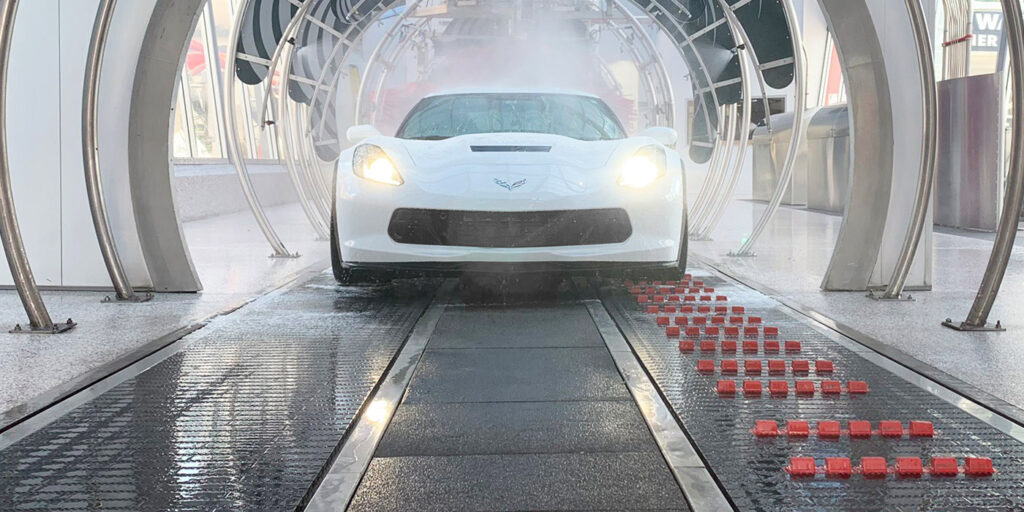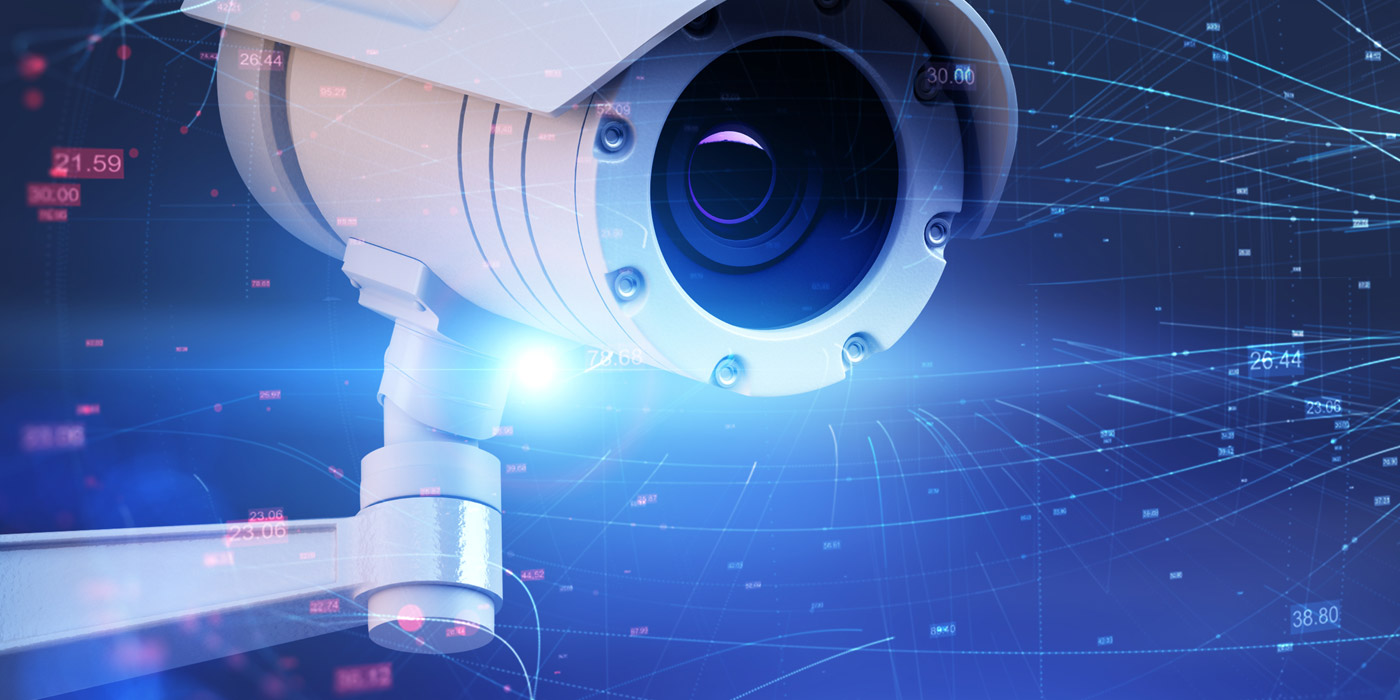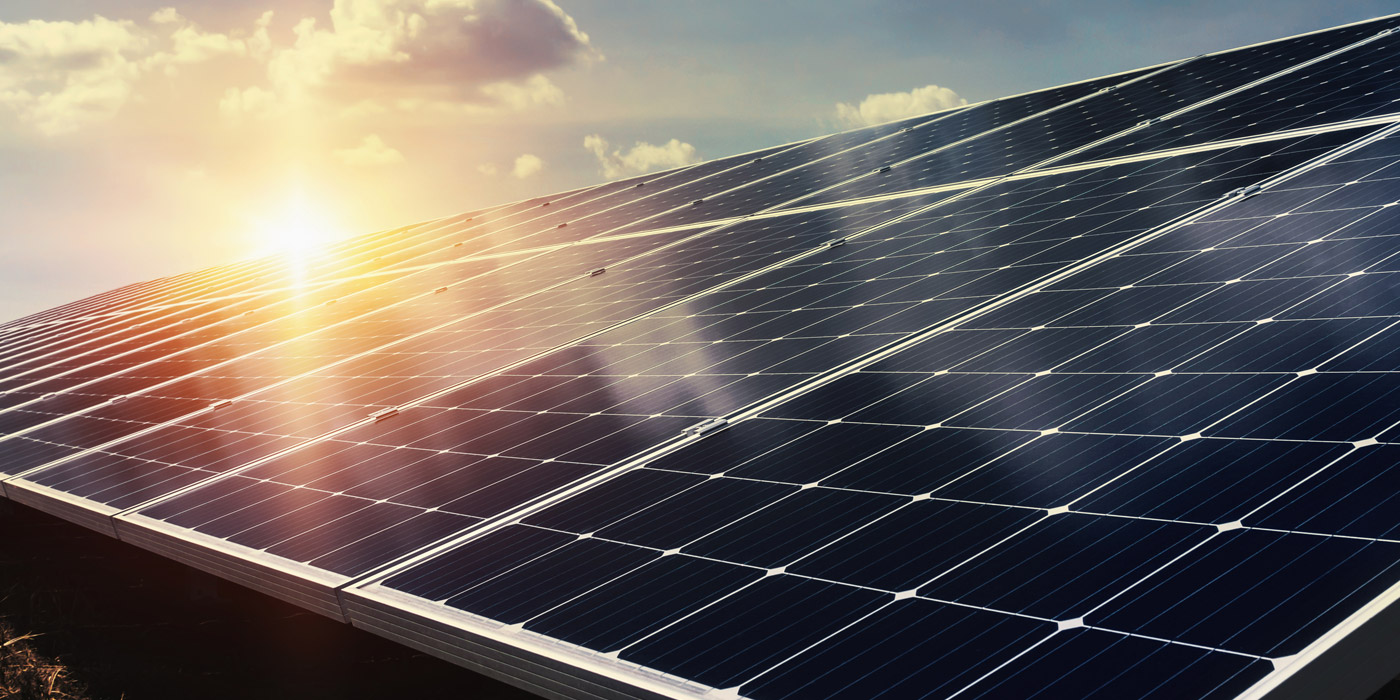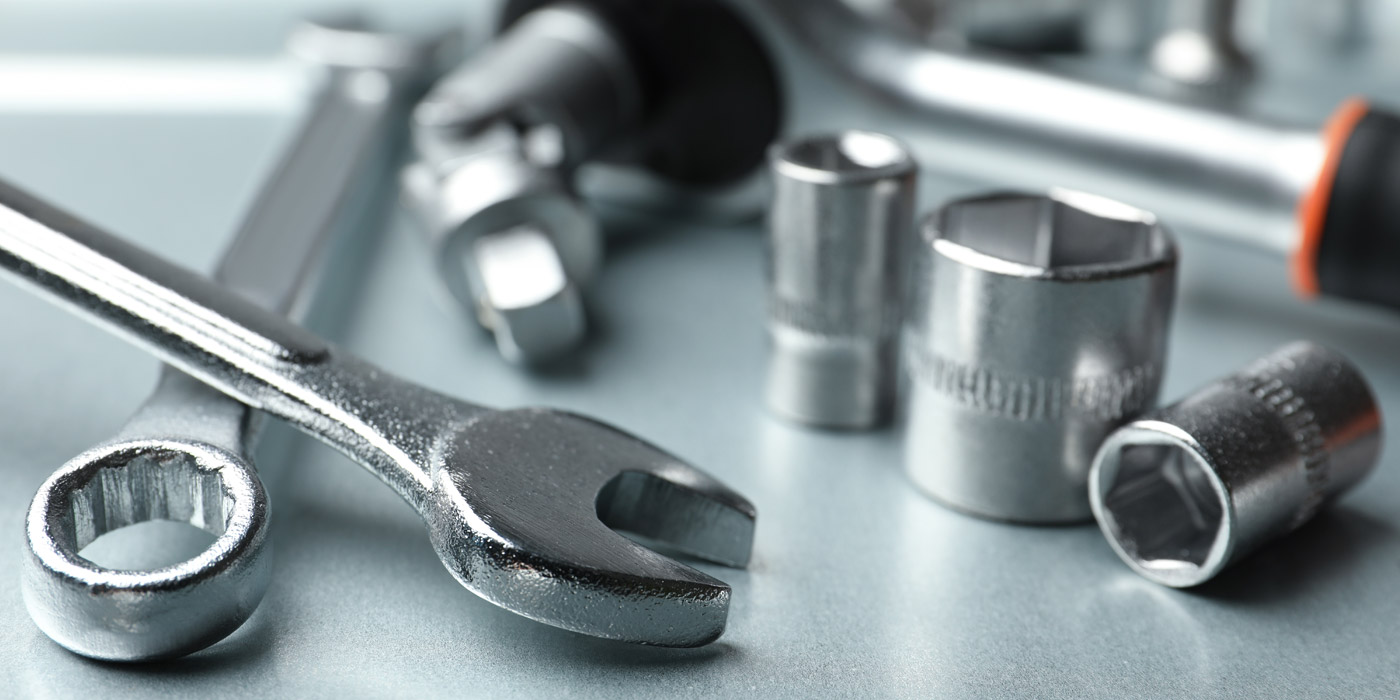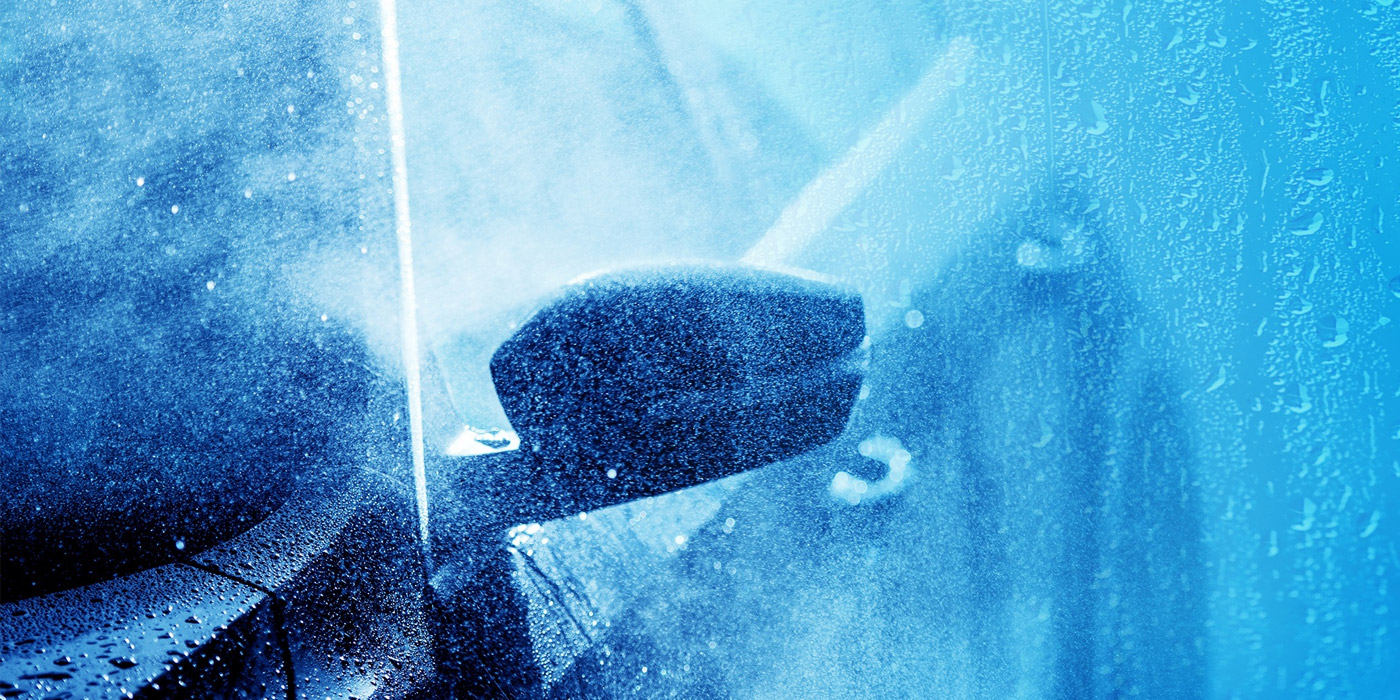Security surveillance is the act of monitoring an activity, place or person for safety reasons and, by all accounts, it is a growing market. Over recent years, especially on the residential side, technology has played a major role in improving system quality while lowering costs for consumers. Today, homeowners and business owners can remotely view and protect their properties on a mobile device right in the palms of their hands. This appeal, along with better quality systems, which we will discuss later in this article, has helped to drive the surveillance industry to new heights.
According to Stratistics MRC, the Global Video Surveillance Market accounted for $19.51 billion in 2015, and it is expected to achieve over $63 billion in four years, growing at a compound annual growth rate (CAGR) of 18.3 percent. North America — at 32 percent — represents the world’s leading video surveillance market.
Some of the key factors that are driving demand today are increasing crime rates, advancements in mobile devices and apps, and compatibility with many existing networks. Today’s array of advanced surveillance systems are smaller, more versatile and clearer. However, these systems are also more technical and wide-ranging, leading to such decisions as IP versus analog monitoring, software that needs updating, cloud storage and so on.
As a result, in order to implement a high-performing surveillance program at your professional carwash location(s), getting advice from those in-the-know is more important than ever before in this market. We recently connected with several security and surveillance experts to find out why carwashes need high-tech surveillance and security equipment, what critical factors to consider and the basic components and specs of today’s equipment.
Making the case
According to Ben Dofflemyer of Arcdyn Inc., there are three primary reasons that a professional carwash business should invest in a high-definition video surveillance system, including vandalism, loss prevention and combatting false damage claims. Dofflemyer calls installing quality surveillance to your site a “service to the local community and your customers,” as well as protection for your business investment.
Jennifer Spears, who is a carwash owner and sales manager with CarWashCameras.com, says it’s just practical, good business sense to install these systems, especially since the majority of sites are typically unattended for prolonged periods during the day and night, as well as when the carwash is not open. Additionally, she continues, even during times when the carwash does have employees on site, surveillance systems can overcome human error.
“You and your employees can only see so much, can only remember so much and, unfortunately, we all make mistakes,” asserts Spears. “Surveillance and security equipment is on duty 24/7.”
Today’s systems can keep footage for weeks and even months, helping operators monitor efficiencies over an extended period of time, document incidents and accidents and find ways to improve the overall business. When it comes to this equipment, experts say, operators and owners should not focus on the price found on the tag but instead shift their attention to the alternative of not installing this high-end equipment.
“There is nothing worse than something happening at the carwash and not having footage of what happened. From fraudulent damage claims, theft by vandals and/or employees, slip and falls and vandalism to accidents, burglary, incompetence and so much more, today’s surveillance equipment can catch a plethora of activities happening at the wash that you might not be privy to,” explains Spears.
Unfortunately, carwashes are magnets for these challenges. And, as a result, documenting these actions with high-tech surveillance systems can be the difference between keeping and losing profits. Of course, damage claims, vandalism and other criminal activity comprise a large percentage of the challenges operators face these days. However, employee theft and low productivity can also negatively impact business, customer loyalty and, ultimately, profitability.
Related: Carwash security best practices
Antonio Bañuelos of A1 Security Cameras concurs that a camera could be the difference between paying a customer’s claim or having evidence against it. But, he says, operators can also find savings and efficiencies when monitoring staff and operations.
“You can monitor the quality of the service your employees are giving customers. You could monitor the productivity and effectiveness of employees,” educates Bañuelos, adding that a high-end, reliable system is a useful tool if finger-pointing arises.
Many operators are starting to realize the potential benefits of installing modern, high-quality surveillance systems at their washes — often after installation and some use. Still, notes Wash Systems Co-founder John Booth, when selecting and installing your site’s surveillance equipment, you should take some time to define your objectives. This will assist in determining what type of equipment to purchase and where to install it.
“Most frequently, operators want to identify pre-existing damage on customers’ vehicles. Maybe you also want to show that there was no damage as the vehicle left the wash,” explains Booth. “Additional common goals would be to record in-tunnel collisions, attempts to avoid in-tunnel collisions, general site security and license plate recognition for marketing and/or additional site security.”
Related: Anti-collision equipment for tunnel washes
According to Booth, once an operator clearly understands his or her specific design goals, decisions on the right solution, desired camera placement, quantity and quality of cameras and amount of storage required will all fall into place.
Finding their place
We asked the surveillance experts we interviewed for this article, “What are the top critical factors to consider when designing and installing a professional security and surveillance system to maximize its performance and effectiveness?” There were some commonalities in the responses, such as placement and resolution, but several other important considerations surfaced as well. This section outlines some of the feedback we received to this important question.
Bañuelos’ top factors are:
- Placement: Do you want to catch them as they are coming, going or both?
- Lens: Consider the distance and field of view/more coverage.
- Resolution: Some courts require a specific resolution or having a certain pixel per inch (PPI) amount before being admitted as evidence.
- Frame rate: People running or fast cars can create motion blur if the frame rate is too low.
According to Booth, the three leading factors when designing and installing this equipment is a mix of due diligence, best practices and tests, and cleaning. Here are Booth’s leading factors:
- Before you consider purchasing hardware, review each specific system design goal — for example, to identify wheel damage. Then, think about factors that can impact the goal, such as vehicle speed, lighting, camera frames per second, etc.
- Plan out the available places to install cameras, the image quality needed to achieve the specific goal of that camera and the amount of time you want the system to store the images. Once you start to narrow in on the image quality and frames per second of the images that will be recorded, you will be able to better estimate the amount of storage that will be consumed on a typical day. At that point, you or your solution provider can calculate the amount of storage needed in order to have the specific number of days of video that you wish to have available.
- Once the system has been installed, make sure that you have adjusted your operational processes to keep the system running correctly — for example, weekly lens cleaning and verification that the system is recording properly.
Dofflemyer enters with the following factors to consider when installing and selecting equipment for your carwash site:
- Resolution: Two megapixel (or 1080p) cameras are reliable for identifying recognizable features from 40 or 50 feet away, while the same model camera in an 8 megapixel (4K) version can identify someone from 80 to 100 feet away.
- Field of view: Most operators assume that the widest angle of view is the best option, but a wide angle of view means that objects look smaller off in the distance. If you are pointing a camera down a hallway, back alley or gated entrance, you may benefit from a narrower field of view.
- Camera housing: The most common types are the “dome,” “turret” and “bullet”-style cameras. In instances where you need a vandal-proof camera in a wet environment, such as at a carwash, a turret-style camera is a good option. Bullet-style cameras are also a very common camera style, as they are easy to mount and can mount flush to almost any surface.
- “If you’ve got the inclination to get into the ‘bells and whistles,’ it may be beneficial to have one or two Pan Tilt Zoom (PTZ) cameras, which can be moved around and zoomed in and out remotely,” Dofflemyer adds, noting that quality night vision features are also available.
Similar to the others, Spears notes the importance of quality resolution when considering surveillance equipment. “It is so critical to get the highest resolution cameras you possibly can as well as a matching DVR/NVR that can record the high resolution along with a high frame rate,” she says.
Spears adds that picture size should also be considered when looking at resolution. The larger the picture size being recorded, Spears explains, the crisper the picture will be on live video and recorded playback footage. Plus, you’ll have the added bonus of being able to zoom in more on the larger picture size.
The other key factors Spears notes are:
- Custom-made systems: Save yourself a huge amount of hassle and work with a company that will make sure all of the equipment you’re getting is the right set of products from the get-go. A reputable company can custom quote a system just for your location. A few extra bucks to get the right equipment the first time is really important.
- Ease of installation, use and remote access: You want the system to be as “plug-n-play” as possible. Learning how to identify and set up IP cameras through a PC at the site might sound easy, but when you have a 32-camera system, it will get mundane. Using and navigating the system should also be simple. Remote access setup on your network video recorder (NVR) and network should be simple as well.
“It’s also important that you get quality tech support by the company you bought your system from,” advises Spears.
Critical components
You get what you pay for in surveillance cameras and systems, but overall, even high-end quality equipment’s price points have become more affordable compared to past decades, resulting in a lower “cost per pixel,” as Bañuelos says.
However, Bañuelos adds, the market is fast-evolving, and advanced features today might be standard components in the years ahead as technology marches forward. “Remote access has been simplified to a QR code that you can scan to auto configure remote access as opposed to configuring network settings,” he says. “Also, 4K resolution is the current most popular thing, but 8K should be the next wave. Cameras are becoming more advanced with analytics, such as people counting, facial recognition, license plate recognition, etc.”
As mentioned, when deciding on hardware, software, system and recorder, it is important to enlist the help of an expert, manufacturer, supplier and/or consultant. While cheaper systems might offer some short-term allure, the long-term risk is likely not worth it. For Spears, an IP system combined with an NVR with remote access through a high-speed internet connection is the way to go.
“The NVR, at least the smaller units, should have Power Over Ethernet (POE) built in, so you only have to run one cable for both power and video to each camera,” asserts Spears. “You’ll need cameras that are created to last at your location with varifocal lenses, so you can adjust each one to maximize your view.”
According to Spears, when it comes to cabling, installers should be able to go hundreds of feet with no amplifiers needed for a signal. “More pieces of equipment just means there are more places for breakdowns,” she adds. “Cat5 and Cat6 are both fine to be used with EZ RJ45 ethernet connectors. You can normally get these cables pre-made in certain lengths, or you can get a spool of cable and a toolkit so you can make your own, cut to length. You’ll need a high-res HDMI monitor and a UPS battery backup unit that is at least 1,500 volt-amps, so your equipment will still record even during short power outages.”
Specifically for the hardware, cameras and monitoring systems have advanced greatly in recent years, as mentioned, and improved clarity, quality and quantity are the results. While there are several makes and models on the market today, Dofflemyer serves up a few features and specs of leading models that are ideal for the carwash environment.
For instance, says Dofflemyer, leading cameras have an IP67 Ingress Protection rating, which means they are “dust tight” and protected against immersion. “There are also a few models [on the market that] are IP66, which are rated as ‘dust tight’ and protected against heavy seas or powerful jets of water. Then, there are IP68 cameras, which are rated as ‘dust tight’ and protected against complete, continuous submersion in water.”
Cameras with night vision, offering varying ranges, are also common in the market. Analytics like motion detection are often standard, adds Dofflemyer. Some leading cameras, he continues, have a more accurate form of smart analytics, which include line crossing and region entrance/exit.
Saving the bottom line
As featured in this publication’s biweekly Carwash eNews, surveillance system footage plays a vital role in catching criminals and noticing mischievous activities. Protecting your business against lawsuits and damage claims cannot be overstated enough as a primary reason to install high-tech surveillance. And, since operators can’t predict the future, setting up your system in case it’s needed in a legal case is important. As noted by Spears, you should watermark video footage so it’s admissible in court, which proves legally that the video footage has not been altered in any way.
“Signs may deter vandals and thieves,” inserts Dofflemyer, “but having footage of someone entering your property is an easy conviction. If you have surveillance footage of an insurance incident or accident, you completely eliminate the ‘he said, she said’ aspect and avoid wasting time and money.”
Insurance companies also see the value of high-quality surveillance systems. Many reputable agencies offer price breaks on your premium for having a camera system on the premises. While these are just some of the tangible ways to measure a return on your surveillance investment, another indirect savings includes stopping crime before it happens. Statistics show that criminals are deterred from sites with good lighting and quality surveillance.
Today’s surveillance systems are so advanced that they can provide insight into the success of your carwash’s marketing programs, improve employee/customer communications and even help predict bad weather business trends. Bañuelos concludes, “Digital signage allows you to show promotions or direct traffic, all of which can be tied to the security camera system, turning it into a building management system instead of just cameras. Weather impact, counting cars in/out, is also something you can monitor and compare against video.”

